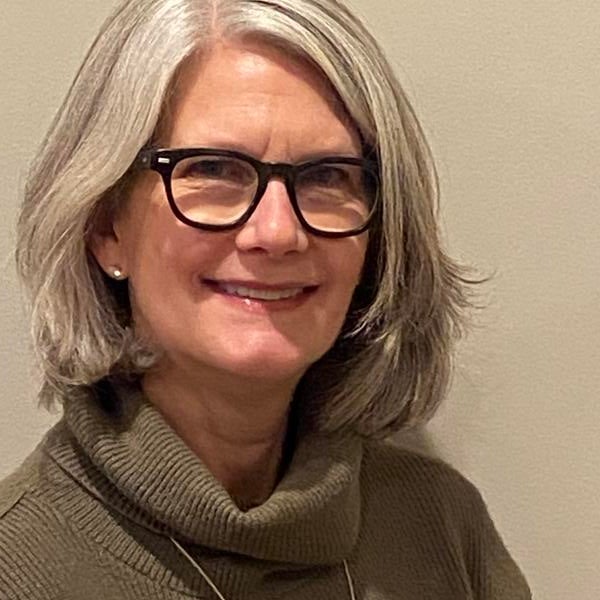Tags
Success(ion) planning: Increasing impact through talent

Whether a school filled with teachers and coaches, a theater company with actors and set designers, or a research organization providing critical information and analysis, the people who provide services, raise funds, and keep the mission going are the single most important component of our organizations. Our people are our programs.
Why talent development is important
Staff turnover and vacancy can have negative impacts on program delivery and on the quality of those programs. According to a 2019 Nonprofit Technology Enterprise Network (NTEN) survey of nonprofit professionals, nearly 90% of respondents felt they were better able to succeed at work because of professional development opportunities, and a similar number reported professional development as a factor in their job search.
“Funds spent on leadership training provide high returns on investment (ROI).” noted Beth Black in a recent Nonprofit Times article. “And this ROI isn’t just fiscal. It’s a great way to increase your mission impact, bring in higher revenues, control costs and provide for greater stability as you build employee loyalty.” Turnover and attrition will take place in any organization. Mitigating that risk by planning for succession at all levels, and creating pathways to grow the skills and leadership capabilities of top performers will have a direct benefit to mission delivery.
Getting started
Many small and mid-size nonprofits do not have established talent development and succession planning programs. Often, this is simply due to a lack of understanding of why succession planning is important, or because the board and executive leadership don’t know where (or how) to start.
Define the goals
Asking staff to identify gaps or pain points will allow the board and leadership to quickly assess the most immediate needs for staff development. Whether the goal is to decrease turnover, improve service delivery, streamline operations, or something else entirely, it is important to start small, and clearly define the objectives. Understanding what the staff needs is a crucial component. The team will be committed to a program that responds to their needs. A successful program will enhance and support the work being done, but a program that gets in the way is doomed to fail.
Foster a learning culture
Adults learn best by doing, so simply providing opportunities for employees to learn new skills in the course of the work day will serve to enhance service delivery while increasing the abilities of the existing team. Giving employees opportunities to grow, and providing positive, supportive feedback in real time is an attainable way to invest in the team and improve performance. It’s a mindset shift - going from being a doing organization to being a learning and teaching organization.
Make time for coaching and mentoring
Coaching and mentoring enhance experiential learning. Mentoring can empower junior staff to gain new skills, and more senior staff to hone their leadership capacity. Mentoring can also be a way to provide volunteer opportunities for board members or donors with relevant experience.
Provide access to curriculum-based learning
Be it a seminar, workshop, or virtual learning opportunity, it is important to set aside time to take in new information. Many online resources can be accessed at no charge or with nominal fees. Often, corporate partners are willing to donate or discount leadership programs that they use for their own teams. Curriculum-based learning is important, but has a limited long-term impact; applying that knowledge on the job is what will make it stick.
Learn, adjust, grow, repeat
There is no one out-of-the box solution. An effective program will fit each organization’s needs, culture, and maturity level, and will grow and adapt as the organization’s needs change.
As one pain point gets resolved, another will arise. Learn, adjust, and learn again, moving forward in a cyclical fashion. Establish written goals and benchmark progress - we manage what we measure. Having a written plan will keep it on track
Strategic succession
All organizations experience staff turnover and attrition - They are natural aspects of a business cycle, and unplanned turnover and staff vacancies can negatively affect service delivery. By managing that risk, anticipating change, and growing the skills of existing staff, the board will be able to recruit, retain, and promote top performers.
Elizabeth Kurtz is a 2024 graduate of the Masters of Nonprofit Leadership and Management program at Arizona State University. Elizabeth brings her unique blend of for-profit and nonprofit experience, as well as her passion for issues surrounding poverty and homelessness to her role as Executive Director of Charlotte Family Housing, and understands that breaking the cycle of poverty requires not only compassion and empowerment at the individual level, but also advocacy and policy work at the systems level.
Set your employees up for success with the Optimizing Human Resource Strategies in Nonprofits Certificate
Are you seeking knowledge and skills in nonprofit human resources, volunteer management, change management and conflict resolution? Then take a look at the Optimizing Human Resource Strategies in Nonprofits Certificate.
Course content includes:
Complying with federal and state employment laws and compensation systems
Recruiting, managing, motivating and rewarding both staff and volunteers in order to effectively utilize their strengths
Effectively lead and champion change within an organization
Developing strategies to overcome internal and external conflict

